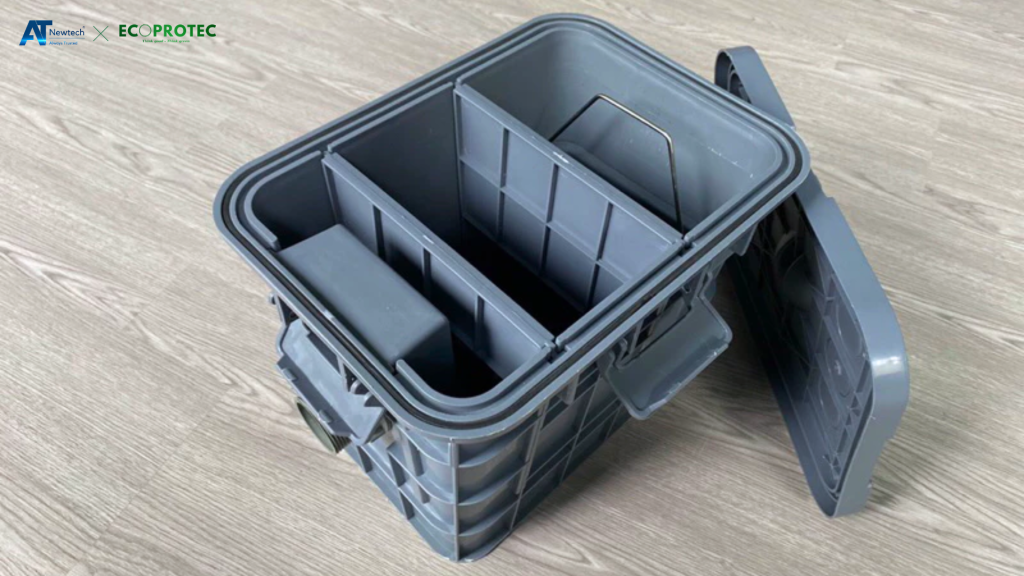Why is the grease trap not functioning effectively? Causes and solutions.
Grease trap systems are an optimal solution for handling grease in both household and industrial kitchens. However, these devices do not always function efficiently. If your grease trap is not effectively separating grease, this article will analyze the causes and provide optimal solutions.
1. The Role of Grease Traps in Kitchens
1.1. Minimizing Drain Pipe Clogs
Grease traps help remove grease and debris from wastewater, preventing clogged pipes, especially in industrial and high-usage home kitchens.
1.2. Ensuring Environmental Hygiene
Devices such as grease interceptors, grease traps, and sink grease traps prevent grease from entering drainage systems, helping protect the environment and preventing water pollution.
2. Causes of Ineffective Grease Trap Operation
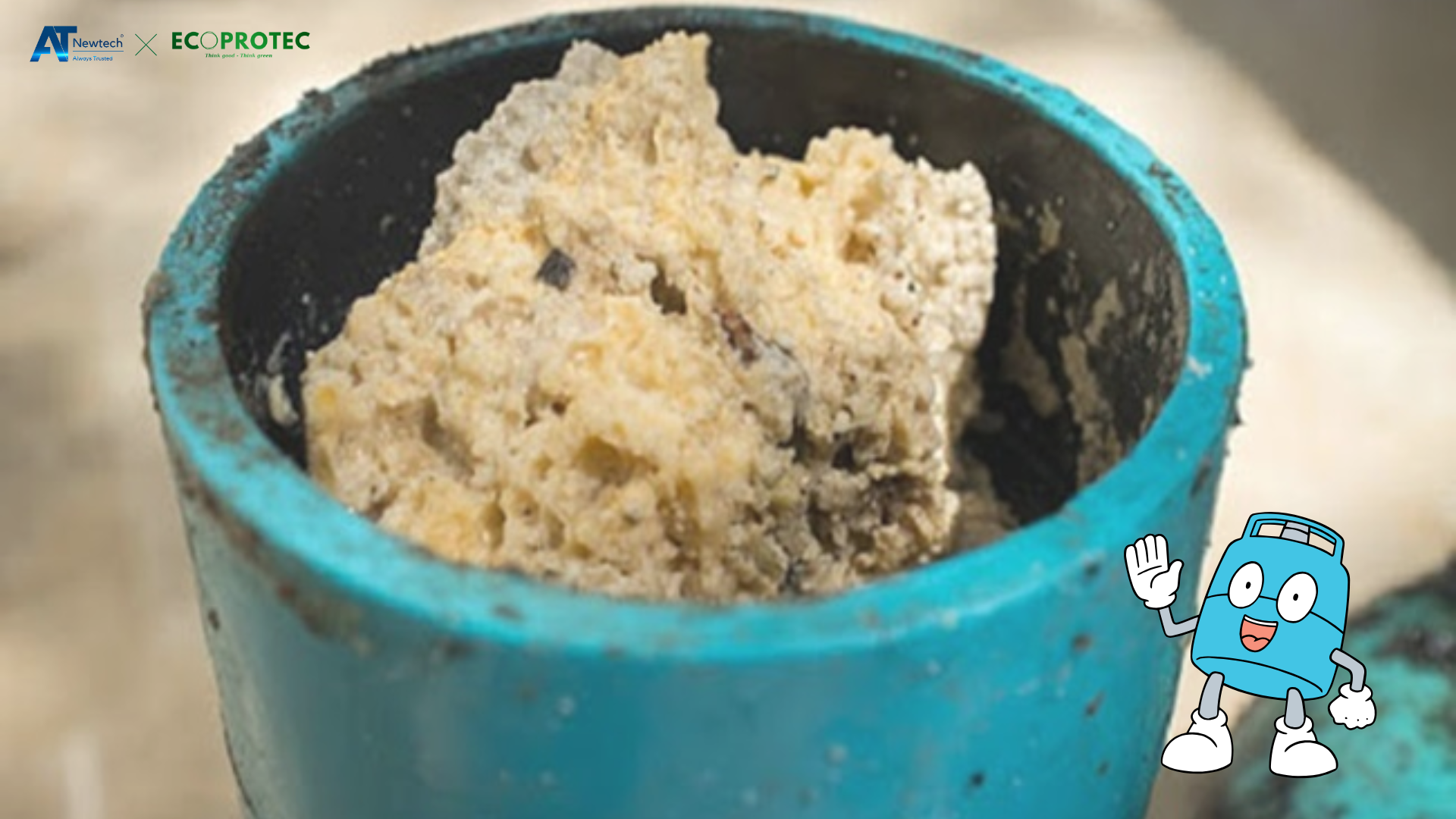
2.1. Lack of Regular Maintenance
Failure to clean grease traps regularly leads to an overload of accumulated grease and debris. This not only reduces the device’s efficiency but also increases the risk of blockages in the wastewater system.
In high-grease-producing environments such as restaurants, hotels, and shopping centers, grease traps can develop thick grease layers. If not cleaned, the trap’s efficiency will significantly decrease, causing grease overflow, unpleasant odors, and operational disruptions.
Solution: Establish a regular cleaning schedule for your grease trap or interceptor to maintain optimal performance and extend its lifespan.
2.2. Improper Installation

Incorrect placement or poor installation can result in the grease trap not working as expected. This issue is common in products that lack guidance from a reputable supplier.
2.3. Inadequate Capacity for Usage Needs
Choosing a grease trap or interceptor with an insufficient size or capacity will result in incomplete grease separation, affecting performance.
2.4. Poor-Quality Products
Non-standard products or those made from low-quality materials are prone to corrosion and lose their filtration capability over time.
3. Solutions to Improve Grease Trap Efficiency
3.1. Regular Cleaning and Maintenance
-
Clean the grease trap weekly to remove accumulated grease and debris.
-
Inspect and clean components such as lids and filters to ensure optimal performance.
3.2. Proper Installation
-
Use professional installation services to ensure the device is correctly positioned and functions efficiently.
-
Ensure the drainage system is correctly connected to the grease trap.
3.3. Choosing High-Quality Products
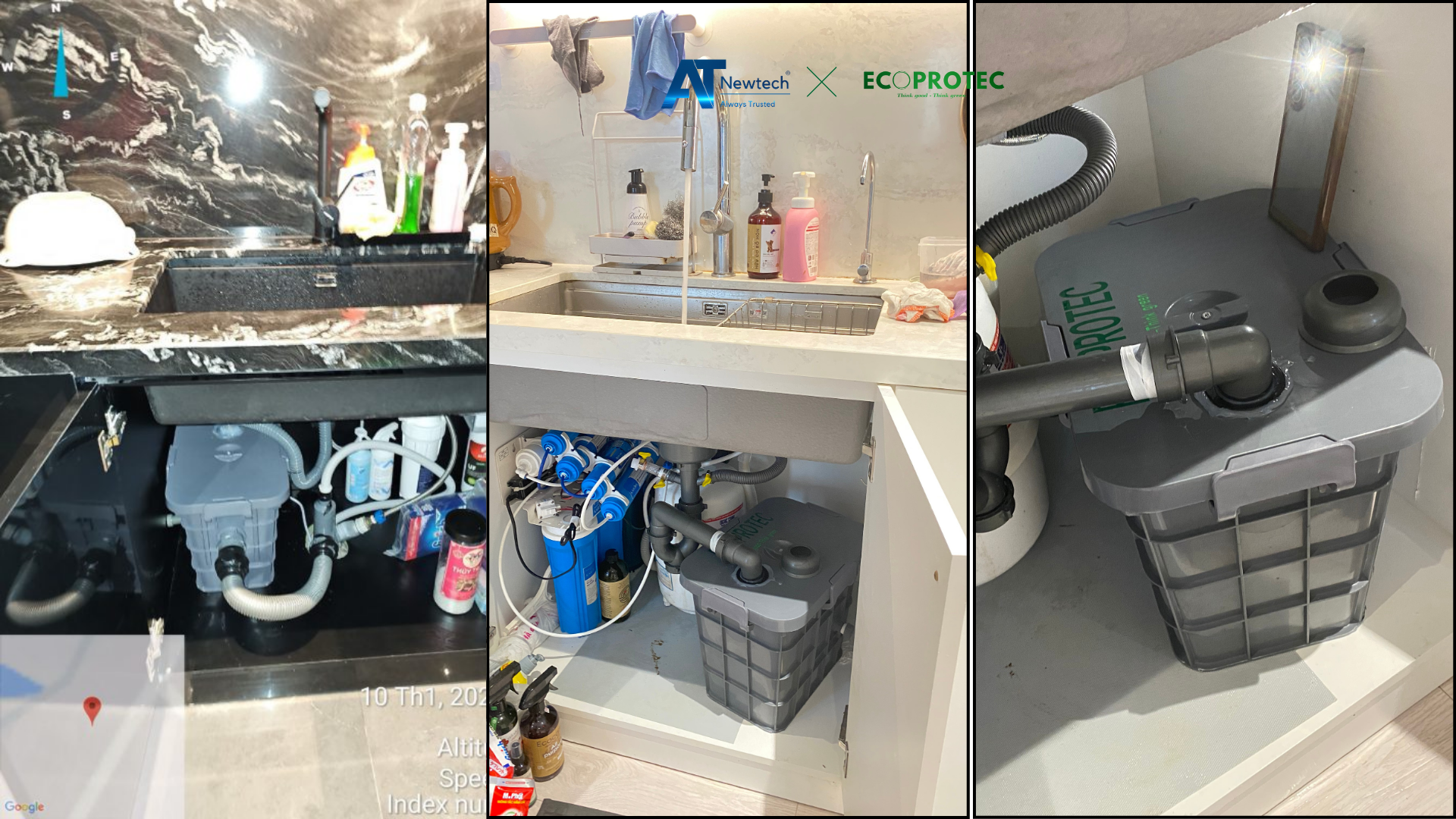
-
Select grease traps from reputable brands such as Ecoprotec to ensure durability and long-term efficiency.
-
Ecoprotec products feature modern technology and are suitable for both households and industrial kitchens.
3.4. Ensuring Proper Size and Capacity
-
Choose a grease trap or interceptor with a capacity suitable for the amount of wastewater and grease you need to handle.
4. How to Ensure Effective Grease Trap Operation?
-
Regular Cleaning: Ensure grease layers and debris are cleaned at least once a week.
-
Use Appropriate Cleaning Agents: Avoid corrosive chemicals that may damage the grease trap.
-
Frequent Inspections: Detect grease overflow issues early and resolve them immediately.
5. Why Choose Ecoprotec Grease Traps?
Benefits of Ecoprotec Products
-
✅ High-Quality Materials: Durable and corrosion-resistant.
-
✅ Optimal Efficiency: Effectively separates grease, minimizing clog risks.
-
✅ Professional Support: Expert consultation and installation services.
Ecoprotec Commitment
-
📌 Long-Term Warranty: Enjoy peace of mind with a comprehensive warranty and excellent after-sales service.
-
📌 Competitive Pricing: High-quality products at reasonable costs.
To ensure your grease trap system functions effectively, choosing a high-quality product and performing proper maintenance is crucial. For expert consultation and the best solutions, contact Ecoprotec now at 0368172226 / 0834473166.
💡 Investing in a high-quality grease trap is the key to protecting the environment and maintaining kitchen efficiency!

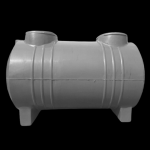 Composite Tank
Composite Tank Water tank cover.
Water tank cover. Kitchen equipment
Kitchen equipment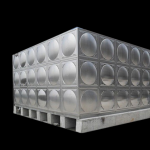 Industrial water tank
Industrial water tank